Although Monday was an average class day, after studio I was able to go to the American Academy in Rome where the new director, John Ochsendorf, gave a lecture about the focus of his career – vaults! He specifically is interested in Guastavino Vaults, also called Catalan Vaults. This kind of vault struck my interest last year in my Structures class since they’re not only elegant, but also structurally impressive. The lecture hall was full of esteemed professionals and Academy Fellows, leaving the small group of ND undergrads the runt of mix! Regardless, we were thrilled to be there. Another interesting side note about the night is that we got to go in the Academy’s main building, which was designed by the famous American architects McKim, Mead, and White (who designed Boston Public Library and Penn Station among other works).
Tuesday was a work day, but in the midst of running lots of errands all over Rome, I stopped in the Church of the Gesu, which we learned about in class last year. Wednesday was also a busy work day. Both my in- and out-of-class assignments for drawing this week were sketching two of Rome’s historic bridges, Pons Fabricius and Ponte Sisto. For Italian Experience on Thursday we walked around the Jewish Ghetto, one of Rome’s most unique neighborhoods. It is small, quaint, and very beautiful. One sad aspect of the area’s rich history is acknowledged by brass cobblestones in front of residences that list the names of the inhabitants who were forcibly removed from their homes during World War II. Friday was a typical class day. We were assigned a large class project for Urbanism where we need to model the various periods in the history of the Caelian Hill.
On Saturday I balanced my work with a group trip to the Catacombs of Priscilla, which were incredible! They were originally used by pagans but adopted a Christian use in the second century AD. Despite myths, Catholics never hid out in the catacombs because they were considered a public space from the second century to the fifth century, when they were still being persecuted. From the fifth century to the ninth century, they became a destination for Christian pilgrims. They were forgotten after the ninth century, when they were closed because of the growing concerns of being raided by invaders. They were rediscovered in the 15th century. The Catacombs of Priscilla, one of about 60 of Rome’s catacombs, has 17 km of passages, is three stories deep, contained 40,000 tombs, and has the oldest known icon of Mary with baby Jesus.
Sunday was supposed to be completely dedicated to studio work, but we remembered it was the first Sunday of the month, meaning we could get into some state museums for free. I didn’t want to pass up the opportunity, so Amali and I went to Crypta Balbi. The Crypta Balbi is a super interesting, unique museum that exemplifies how layered Rome is! The modern structure of the museum is built over the ruins of the Crypt of Balbus, connected to the theater Cornelius Balbus built in 13 BC. It also contains ruins from a medieval monastery that was built on top of the imperial complex! This first Sunday also coincided with the Festa dei Parchi (Festival of the Parks). The Via dei Fori Imperiali was blocked to allow for pedestrian traffic and festival booths!
This upcoming week is a deadline week for our group urban design project so wish me luck!
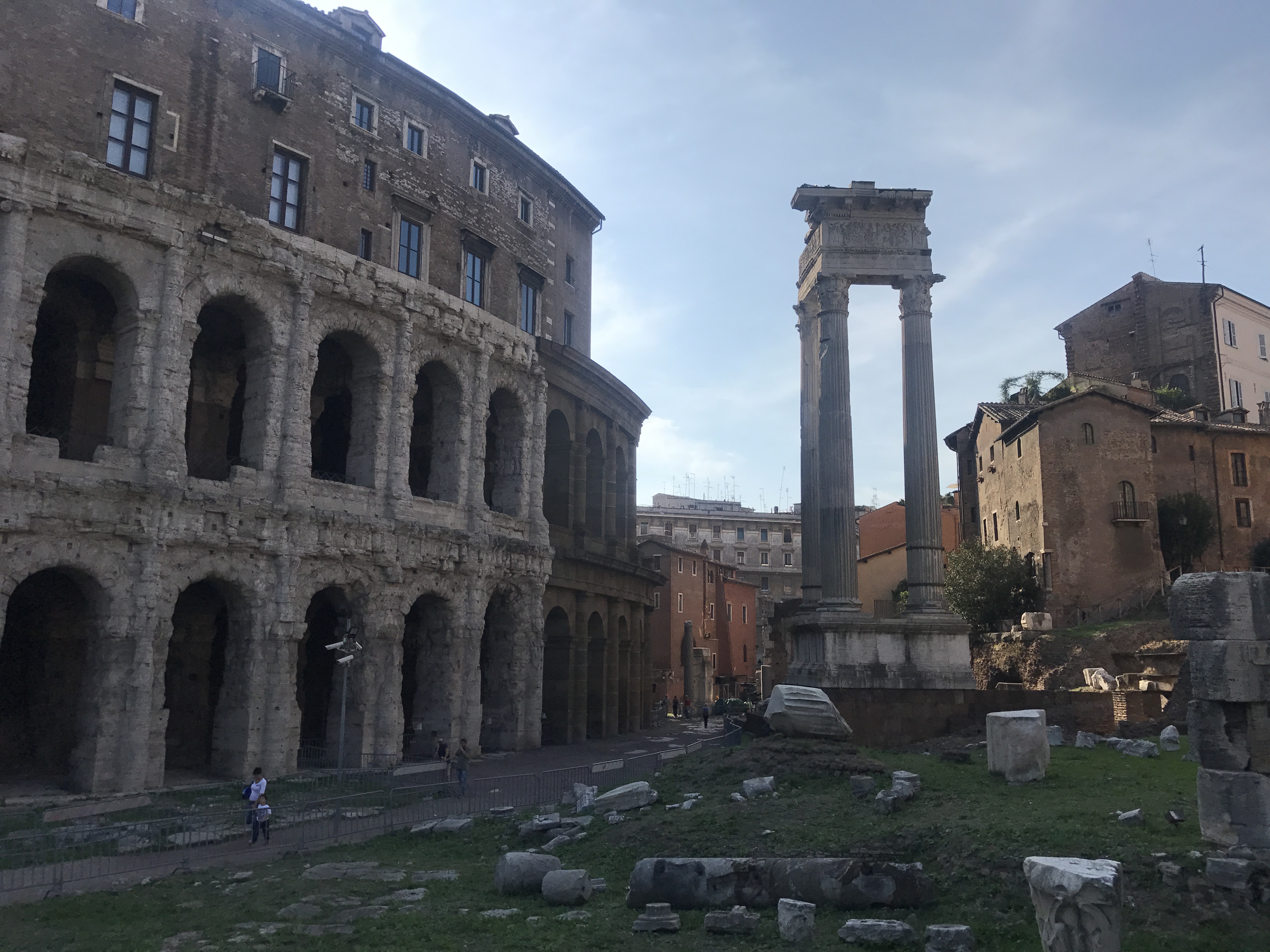








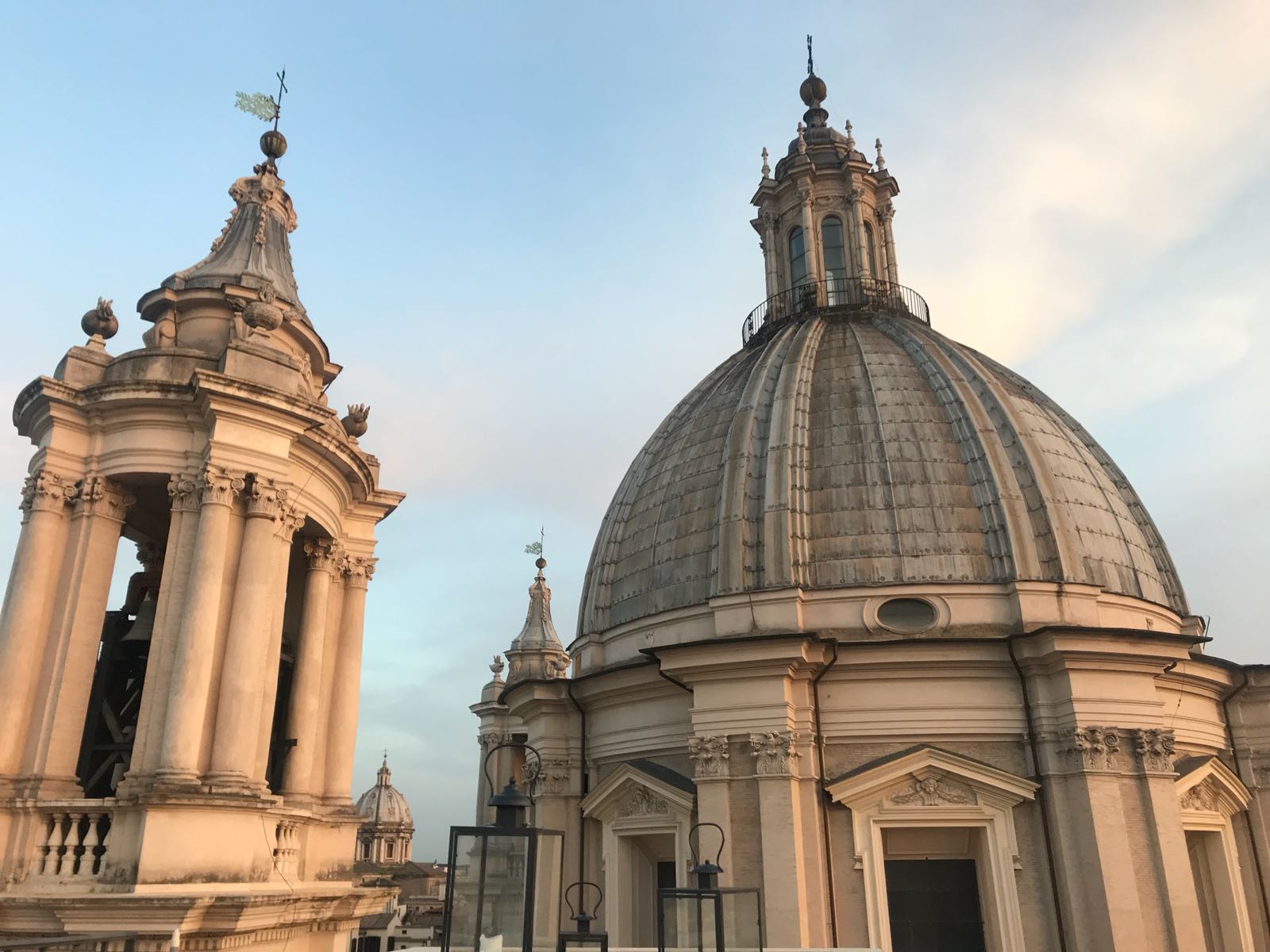

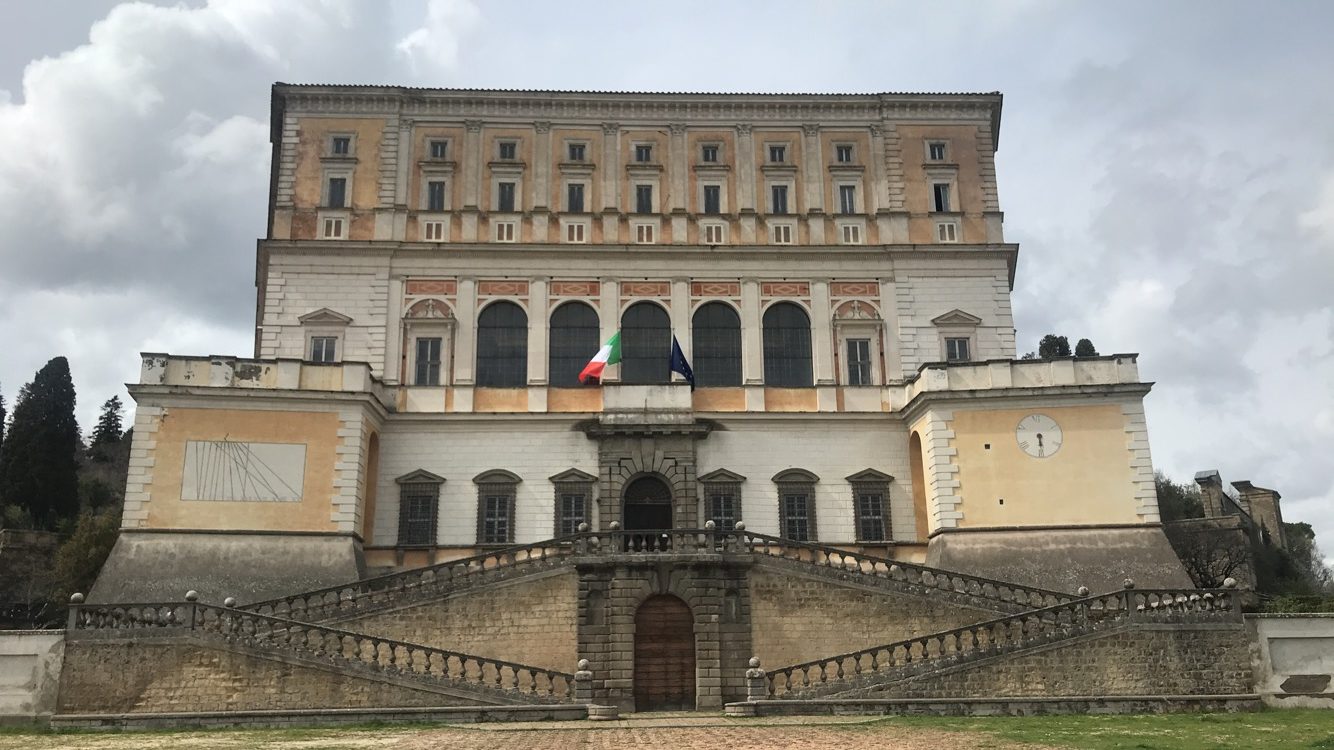
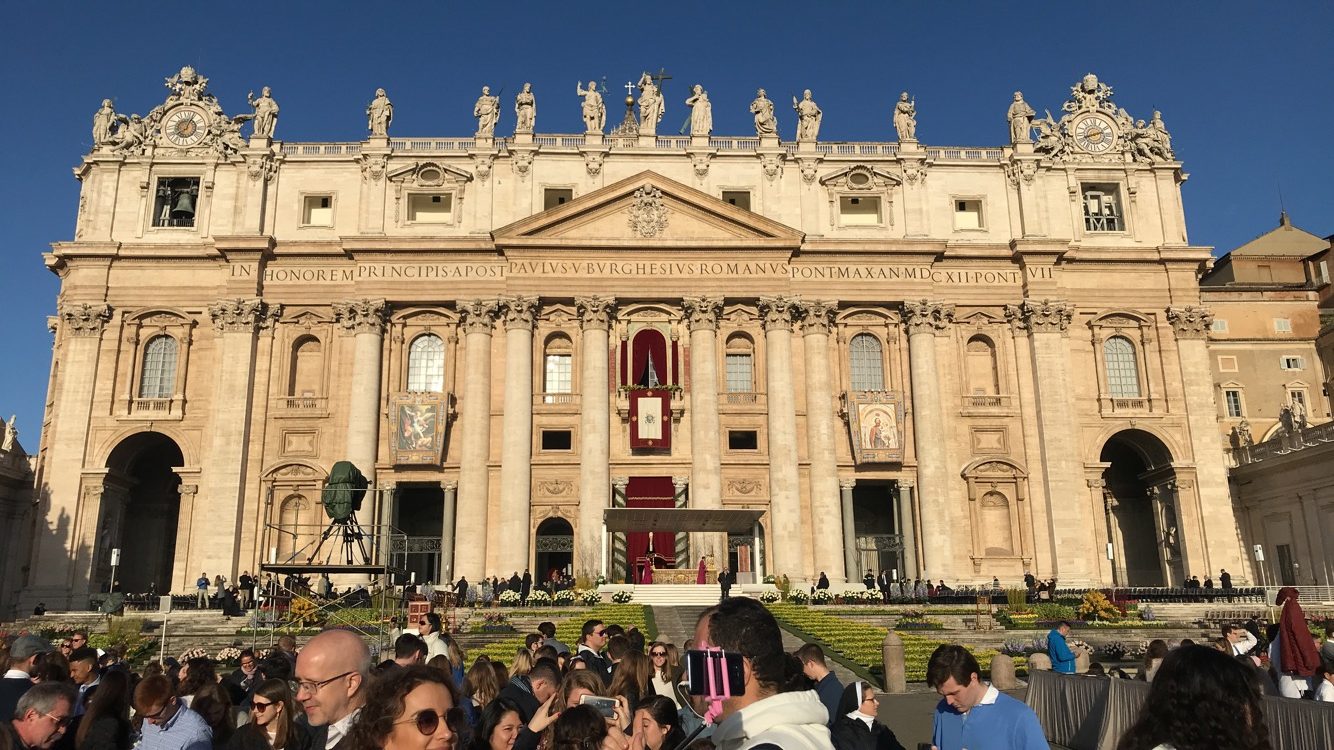
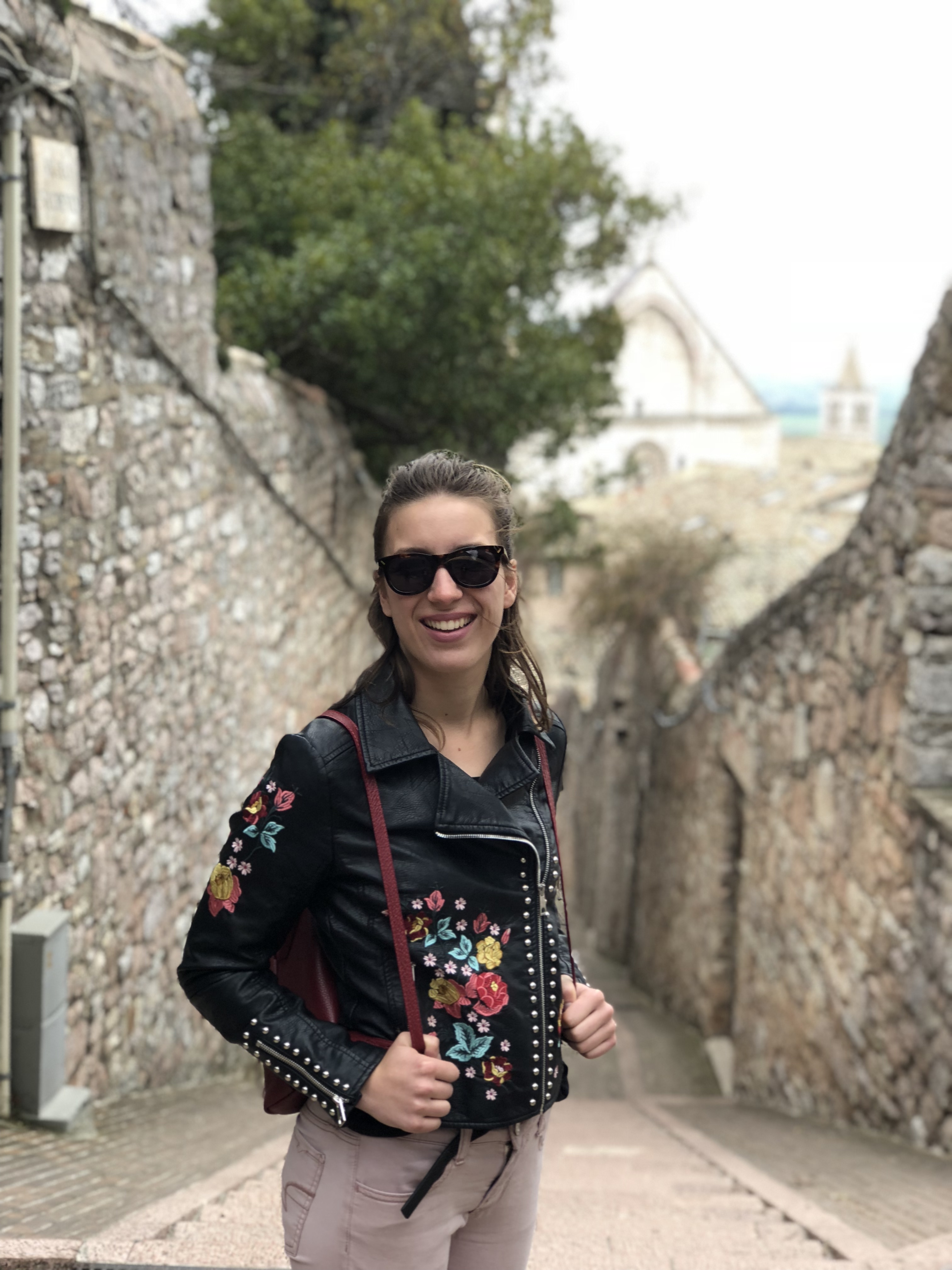
Leave A Comment